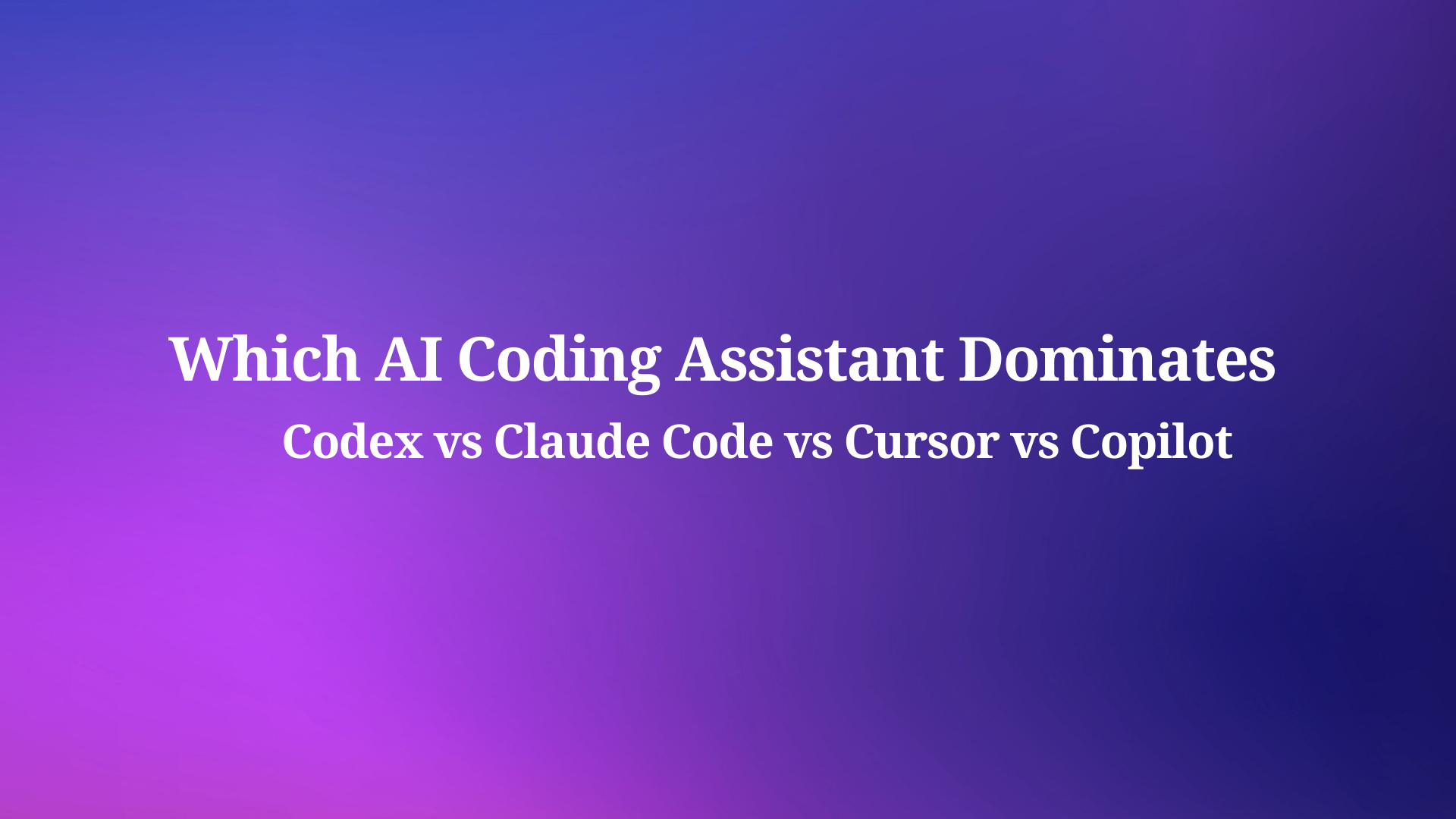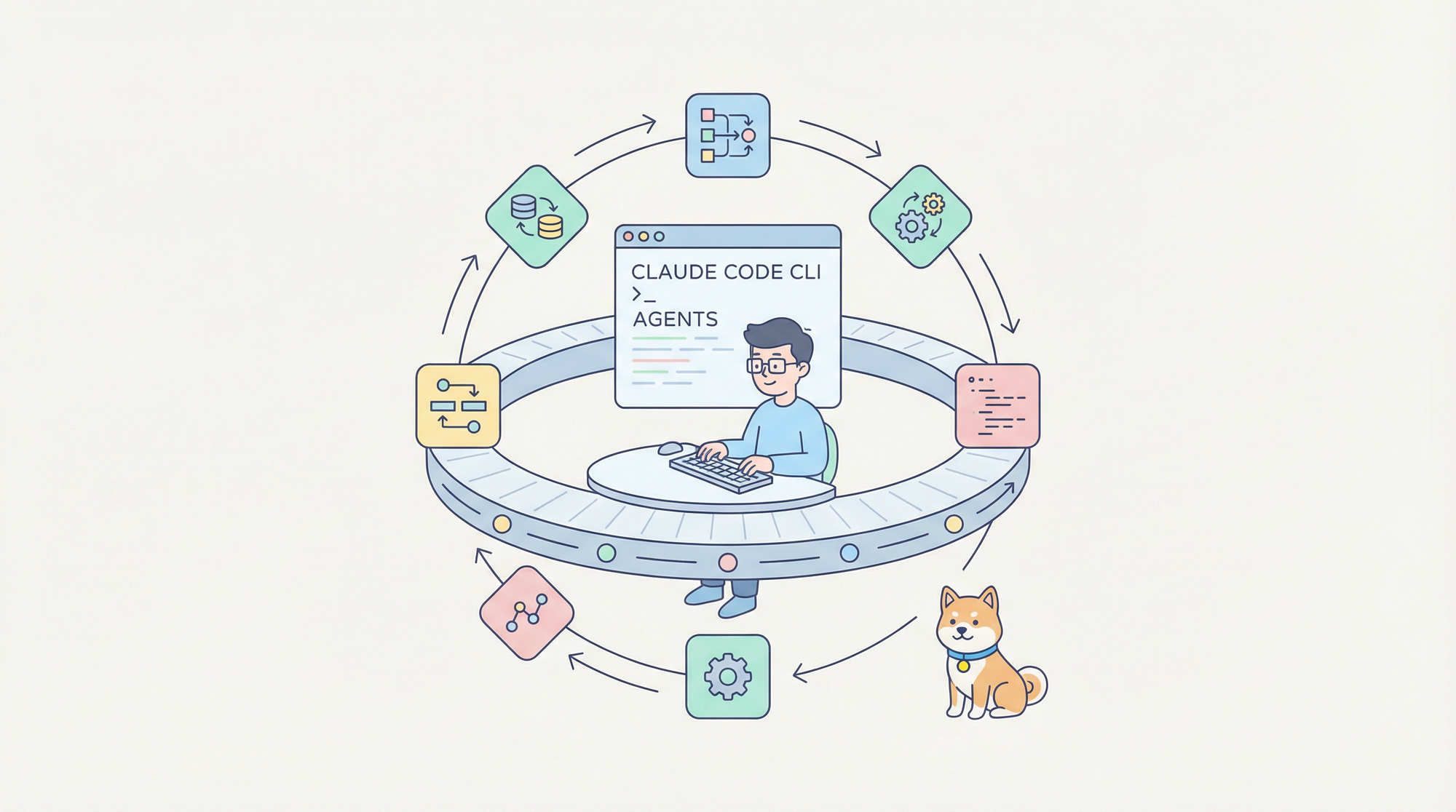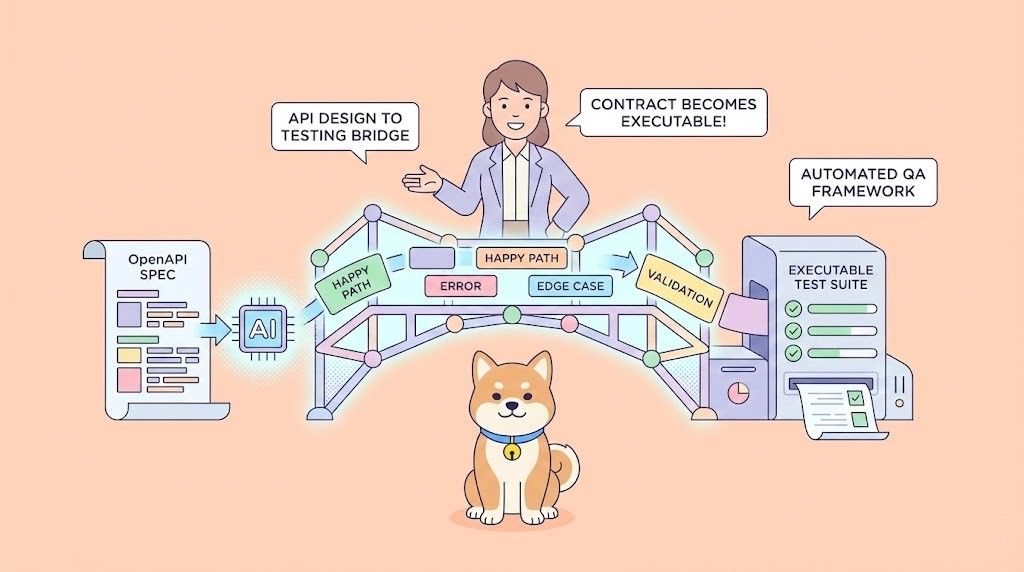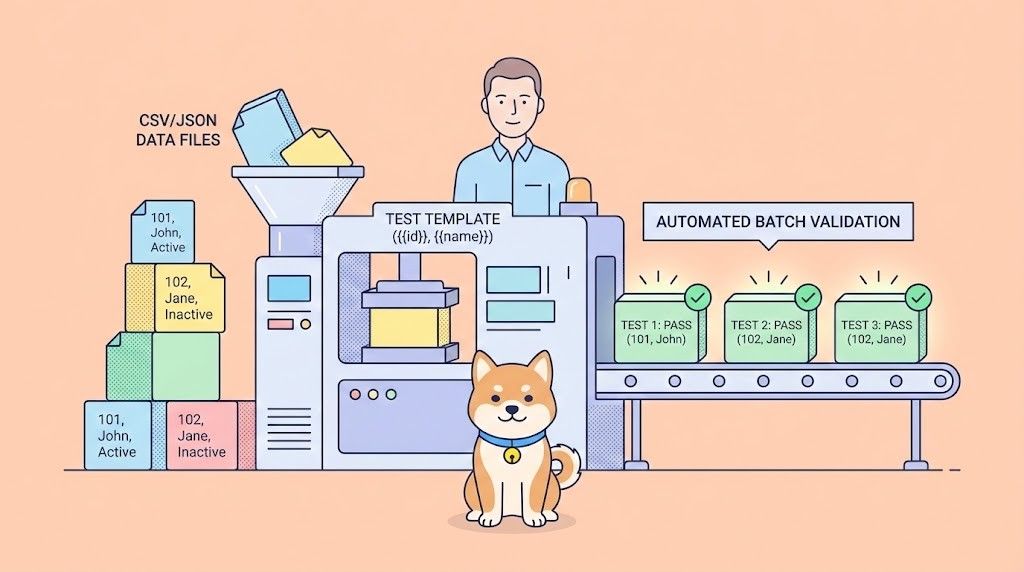Modern development workflows demand intelligent automation, yet choosing the right AI coding assistant remains surprisingly complex. While developers juggle multiple tools for different aspects of their projects, the market has exploded with competing AI-powered coding solutions, each promising revolutionary productivity gains.
Four major players currently dominate the AI coding landscape: OpenAI's Codex (powering GitHub Copilot), Anthropic's Claude Code, the increasingly popular Cursor editor, and Microsoft's GitHub Copilot. Each platform approaches code generation differently, targeting distinct developer needs and workflow preferences.
Understanding the Current AI Coding Landscape
The AI coding assistant market has matured significantly since the initial release of GitHub Copilot in 2021. Traditional autocomplete tools have evolved into sophisticated systems capable of understanding complex codebases, generating entire functions, and even debugging existing code.
These tools fundamentally transform how developers approach programming tasks. Rather than writing every line manually, developers now collaborate with AI systems that understand context, suggest implementations, and accelerate routine coding tasks. However, the effectiveness of these tools varies dramatically based on implementation approach, underlying models, and integration quality.
Market Evolution and Developer Adoption
Recent surveys indicate that over 70% of professional developers now use some form of AI assistance in their daily workflows. This adoption rate reflects the genuine productivity improvements these tools provide, particularly for repetitive tasks, boilerplate code generation, and initial implementation drafts.
The competitive landscape has intensified as companies recognize the strategic importance of developer tooling. Microsoft's acquisition of GitHub positioned them advantageously, while newer entrants like Anthropic and Cursor have challenged established players with innovative approaches to AI-human collaboration.
GitHub Copilot: The Established Leader
GitHub Copilot emerged as the first mainstream AI coding assistant, leveraging OpenAI's Codex model to provide real-time code suggestions. Microsoft's deep integration with Visual Studio Code and GitHub's ecosystem created immediate adoption advantages.
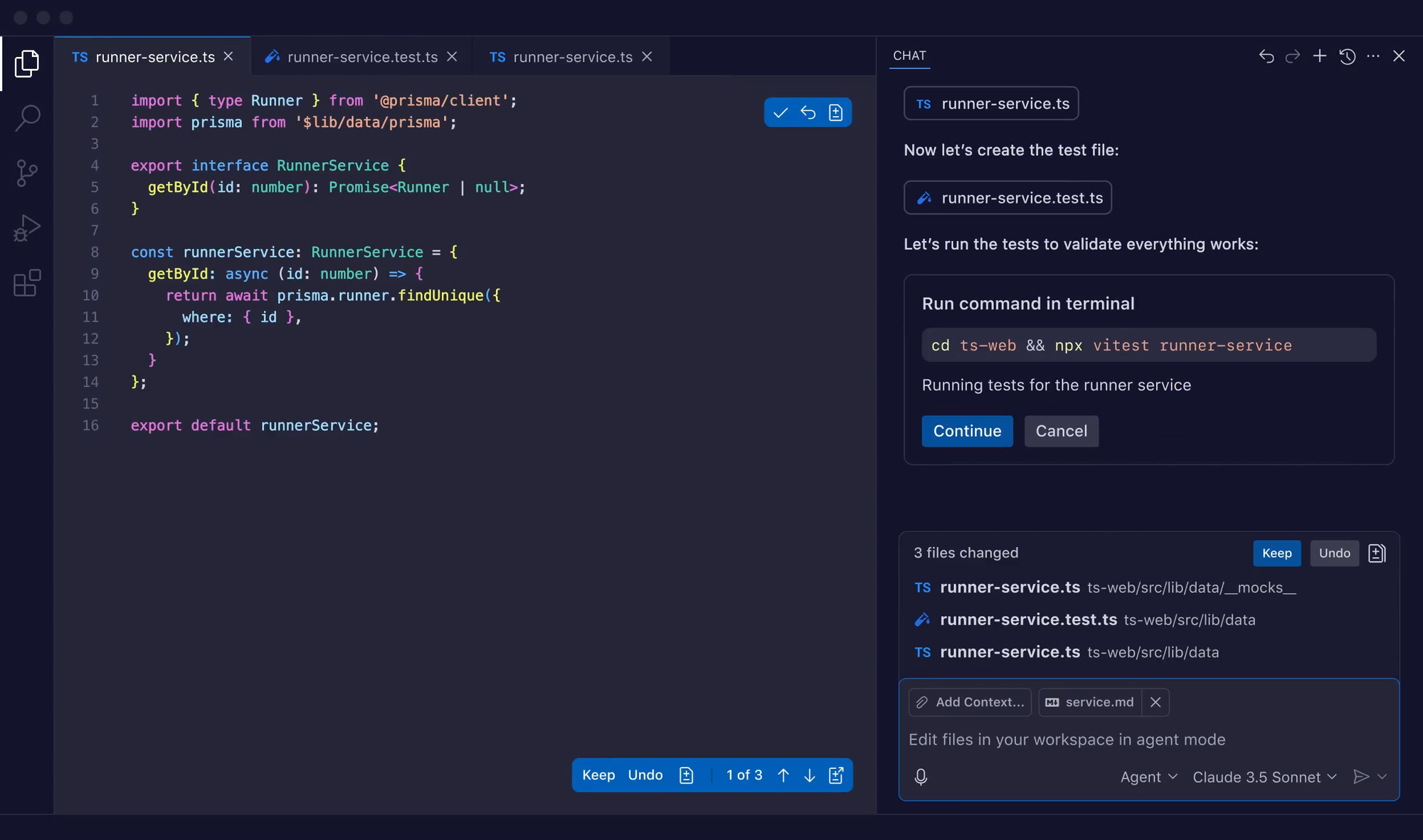
Technical Implementation and Capabilities
Copilot analyzes your current file and surrounding context to generate relevant suggestions. The system excels at understanding common programming patterns, frameworks, and libraries across dozens of programming languages. Its strength lies in predictable, well-documented scenarios where established patterns exist.
The tool operates through inline suggestions that appear as you type, allowing developers to accept, modify, or reject proposed code. This non-intrusive approach maintains natural coding flow while providing helpful automation for routine tasks.
Advanced features include comment-to-code generation, where developers write descriptive comments and Copilot generates corresponding implementations. This functionality proves particularly valuable for algorithm implementation and data structure manipulation.
Integration and Workflow Benefits
Copilot's seamless VS Code integration eliminates context switching, keeping developers focused within their primary editing environment. The system learns from your coding style and project patterns, improving suggestion relevance over time.
Enterprise features include usage analytics, policy controls, and team-wide deployment options. Organizations appreciate the administrative oversight and security features that enable controlled AI adoption across development teams.
Performance metrics show that developers using Copilot complete repetitive coding tasks 30-40% faster than manual implementation. However, effectiveness varies significantly based on code complexity and domain specificity.
Limitations and Considerations
Copilot struggles with highly specialized domains, legacy codebases, and novel architectural patterns. The system occasionally suggests outdated approaches or introduces subtle bugs that require careful review.
Privacy concerns arise from Copilot's training on public repositories, potentially exposing proprietary patterns or sensitive information. While Microsoft has implemented safeguards, some organizations remain cautious about AI tools trained on external codebases.
Cost considerations include individual subscriptions at $10/month or enterprise plans starting at $19/user/month. For large teams, these expenses accumulate quickly, requiring careful ROI evaluation.
OpenAI Codex: The Underlying Engine
OpenAI's Codex serves as the foundation for multiple AI coding tools, including GitHub Copilot. Understanding Codex directly provides insights into the capabilities and limitations of derivative products.

Technical Architecture and Training
Codex represents a specialized version of GPT-3, fine-tuned specifically for code generation and understanding. The model processes natural language descriptions and programming context to generate syntactically correct, contextually relevant code.
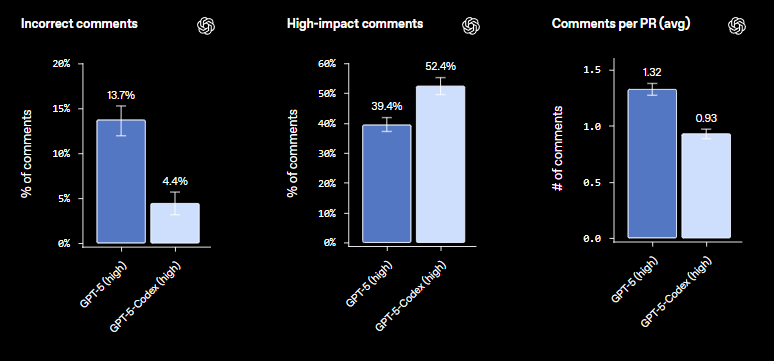
Training data included billions of lines of public source code, documentation, and programming-related text. This extensive dataset enables Codex to understand programming concepts across languages, frameworks, and paradigms.
The model demonstrates remarkable ability to translate between programming languages, convert pseudocode to implementations, and generate test cases from function definitions. These capabilities extend beyond simple autocomplete to genuine programming assistance.

Direct API Access and Custom Implementations
Developers can access Codex directly through OpenAI's API, enabling custom integrations and specialized applications. This flexibility allows organizations to build tailored coding assistants that address specific workflow requirements.
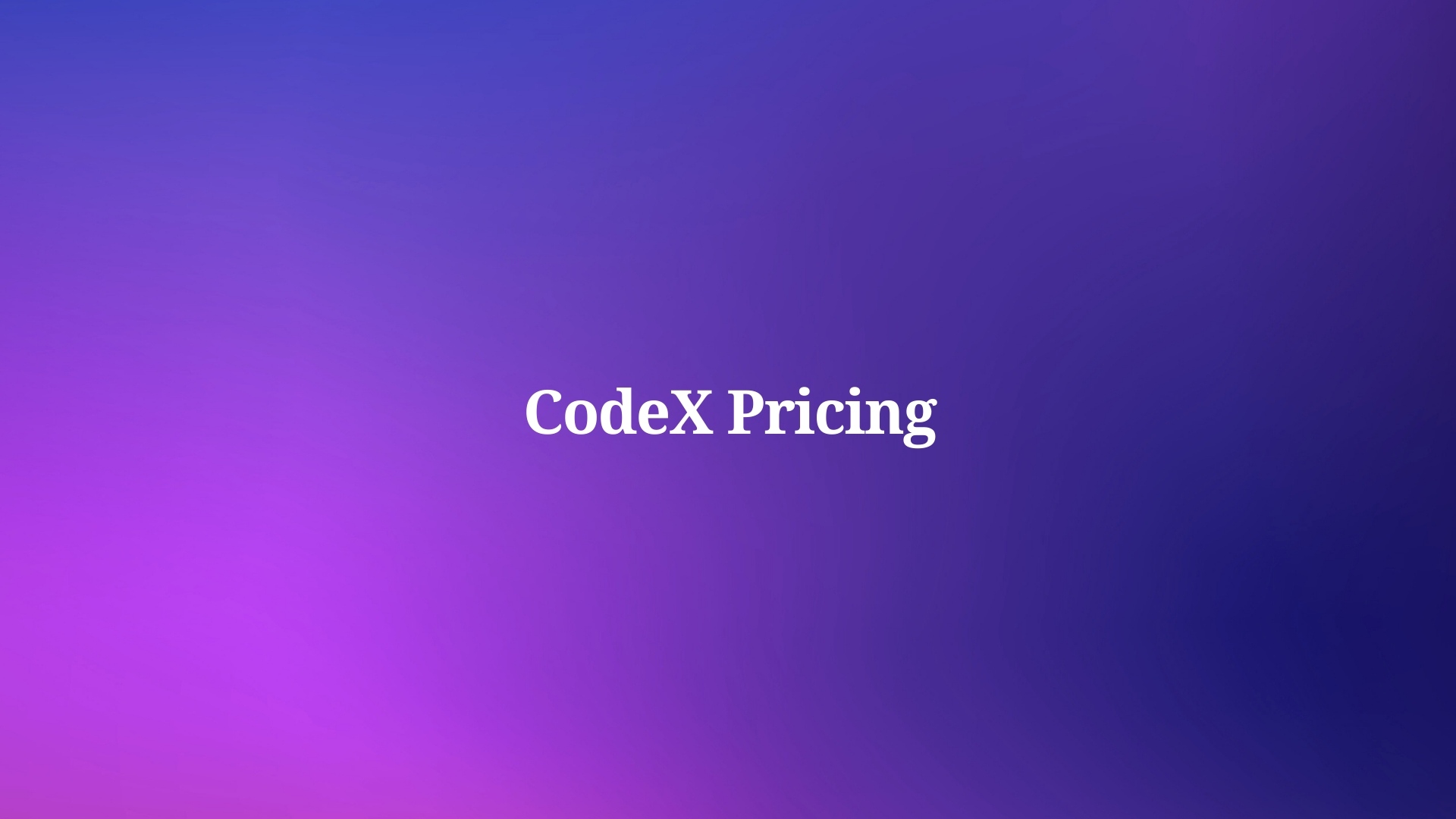
API access provides granular control over model parameters, prompt engineering, and response filtering. Advanced users leverage these capabilities to create domain-specific coding assistants optimized for particular technologies or business requirements.
Custom implementations often achieve superior results for specialized use cases compared to general-purpose tools. However, direct API usage requires significant technical expertise and ongoing model management.
Performance Characteristics and Optimization
Codex excels at generating clean, readable code that follows established conventions. The model demonstrates strong understanding of programming best practices, design patterns, and framework-specific idioms.
Response quality correlates strongly with prompt clarity and context richness. Well-structured prompts with clear requirements and sufficient context consistently produce superior results compared to ambiguous requests.
Optimization strategies include iterative prompt refinement, context window management, and post-processing validation. Experienced users develop sophisticated workflows that maximize Codex's effectiveness while minimizing common pitfalls.
Claude Code: The Command-Line Revolution
Anthropic's Claude Code introduces a fundamentally different approach to AI-assisted programming through command-line integration. Rather than inline suggestions, Claude Code operates as an intelligent terminal companion that understands entire project contexts.
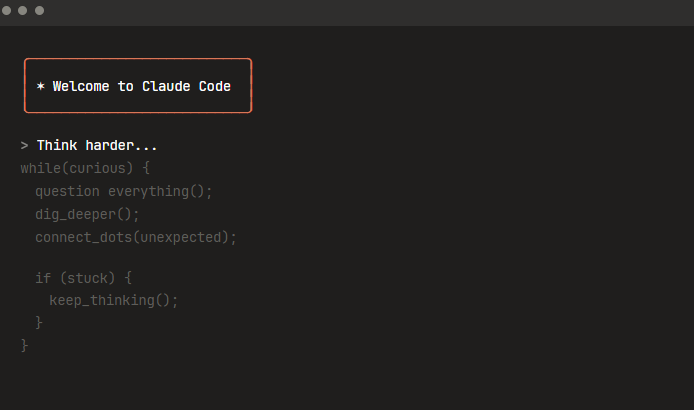
Architectural Philosophy and Design
Claude Code embraces the terminal-centric development workflow that many experienced developers prefer. The tool integrates with existing command-line utilities while providing AI capabilities that understand project structure, dependencies, and development goals.
This approach enables developers to delegate entire coding tasks rather than just receiving suggestions. Users can request complete feature implementations, debugging sessions, or architectural recommendations through natural language commands.
The system maintains persistent context across terminal sessions, building understanding of project evolution and developer preferences. This continuity enables more sophisticated assistance compared to stateless suggestion systems.
Advanced Contextual Understanding
Claude Code analyzes entire codebases to provide contextually aware assistance. The system understands module relationships, dependency structures, and architectural patterns to generate coherent, integration-ready code.

Multi-file reasoning capabilities enable the tool to make consistent changes across related files, maintaining code cohesion and reducing integration issues. This holistic approach addresses common problems with fragment-based coding assistants.
The tool excels at complex refactoring tasks, architectural migrations, and cross-cutting concerns that span multiple modules. These capabilities prove particularly valuable for maintaining large, evolving codebases.
Command-Line Integration and Workflow
Terminal integration preserves developers' existing workflows while adding AI capabilities. Users continue using familiar tools like git, npm, and package managers while gaining access to intelligent assistance.
The system provides interactive debugging sessions where developers describe problems in natural language and receive targeted solutions. This conversational approach often identifies issues faster than traditional debugging methods.
Project initialization and scaffolding become significantly faster with Claude Code's ability to generate complete project structures based on requirements descriptions. The tool understands modern development patterns and can create production-ready project templates.
Unique Advantages and Limitations
Claude Code's terminal-first approach appeals to developers who prefer command-line workflows over GUI-heavy editors. The tool integrates naturally with existing development practices without requiring editor changes or plugin installations.
However, this approach may feel unfamiliar to developers accustomed to IDE-centric workflows. The learning curve can be steeper for users who rely heavily on visual debugging and integrated development environments.
Performance depends heavily on clear communication and well-defined project requirements. Ambiguous requests may produce suboptimal results, requiring iteration and refinement to achieve desired outcomes.
Cursor: The AI-Native Editor Experience
Cursor represents a complete reimagining of the code editor experience with AI capabilities built from the ground up. Rather than adding AI features to existing editors, Cursor designs the entire interface around AI-human collaboration.
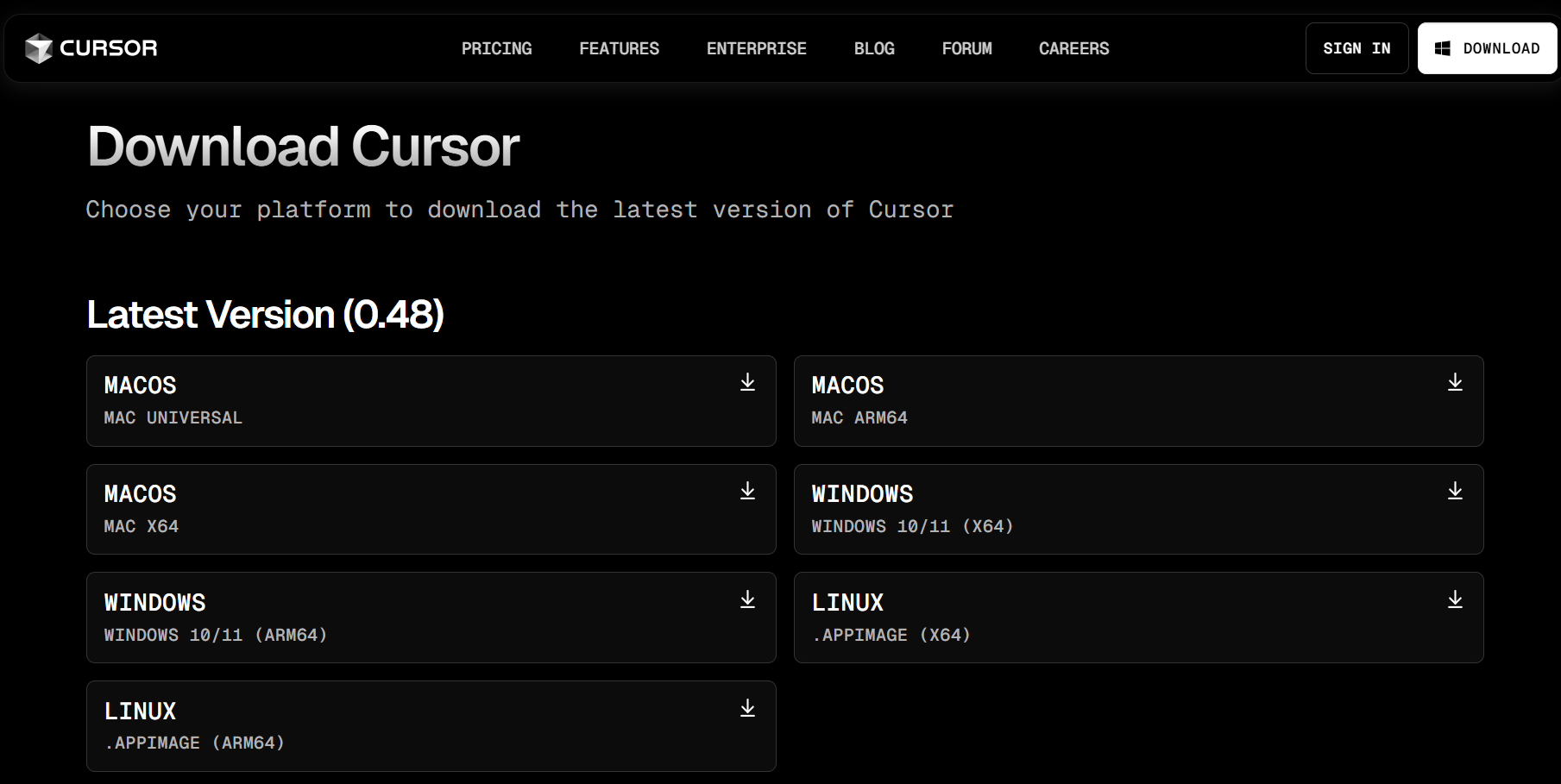
Revolutionary Interface Design
Cursor's interface seamlessly blends traditional editing capabilities with conversational AI interaction. Developers can highlight code sections and engage in natural language discussions about implementation approaches, potential improvements, or debugging strategies.
The editor maintains multiple conversation threads simultaneously, allowing developers to explore different solutions in parallel. This approach encourages experimental thinking and rapid prototyping without losing focus on primary tasks.
Visual indicators show AI confidence levels, alternative suggestions, and potential side effects of proposed changes. This transparency helps developers make informed decisions about accepting or modifying AI recommendations.
Codebase Intelligence and Analysis
Cursor analyzes entire projects to provide contextually relevant suggestions and insights. The system understands architectural patterns, identifies potential inconsistencies, and suggests improvements that align with project goals.
Real-time analysis highlights potential issues as developers write code, providing immediate feedback about performance implications, security concerns, or maintainability problems. This proactive approach prevents common mistakes before they require debugging.
The tool excels at explaining complex code sections, providing educational value alongside productivity improvements. Junior developers particularly benefit from Cursor's ability to break down complicated implementations into understandable concepts.
Advanced Collaboration Features
Multi-developer support enables team-based AI assistance, where multiple developers can contribute to AI conversations and share insights across team members. This collaborative approach leverages collective knowledge while maintaining individual workflow preferences.
Version control integration tracks AI-suggested changes alongside manual modifications, providing complete audit trails for code evolution. Teams can review AI contributions and understand the reasoning behind suggested implementations.
The system learns from team coding patterns and preferences, adapting suggestions to match established conventions and architectural decisions. This customization improves over time as the AI observes team behavior and receives feedback.
Performance Metrics and User Experience
User studies indicate that Cursor users complete complex coding tasks 40-60% faster than traditional editor users. The AI-native approach eliminates context switching between different tools and maintains cognitive flow throughout development sessions.
However, the learning curve can be significant for developers accustomed to traditional editors. The interface paradigm requires adjustment periods while users adapt to conversational programming approaches.
Resource usage remains higher than lightweight editors, requiring sufficient system memory and processing power for optimal performance. This requirement may limit adoption on older development machines or resource-constrained environments.
Comprehensive Feature Comparison
Code Generation Capabilities
Each platform approaches code generation with distinct philosophies and strengths. Copilot excels at incremental suggestions that complement manual coding, while Claude Code handles comprehensive implementations through natural language requests.
Cursor balances these approaches by providing both inline suggestions and conversational code generation. The system adapts to developer preferences, switching between modes based on context and user behavior.
Codex, as the underlying engine for Copilot, demonstrates the raw capabilities that derivative tools build upon. Direct API access enables custom implementations that may exceed specialized tools for specific use cases.
Language and Framework Support
Language support varies significantly across platforms. Copilot offers the broadest coverage, supporting dozens of programming languages with varying degrees of proficiency. Popular languages like Python, JavaScript, and Java receive excellent support, while niche languages may have limited capabilities.
Claude Code focuses on depth over breadth, providing exceptional support for common web development stacks and systems programming languages. The tool's understanding of modern framework patterns proves particularly valuable for full-stack development.
Cursor emphasizes polyglot development, enabling seamless switching between languages within single projects. The editor's contextual understanding spans language boundaries, maintaining coherent suggestions across mixed-language codebases.
Integration and Ecosystem Compatibility
Integration approaches reflect each platform's design philosophy. Copilot's tight VS Code integration provides seamless experience for Microsoft ecosystem users but limits flexibility for developers using alternative editors.
Claude Code's terminal-based approach maximizes compatibility with existing development workflows. The tool integrates with any editor or IDE while providing command-line assistance that complements rather than replaces existing tools.
Cursor's all-in-one approach eliminates integration concerns but requires complete workflow migration. Developers must evaluate whether the AI benefits justify abandoning familiar editing environments and established tool chains.
Performance and Resource Requirements
Resource consumption varies dramatically between platforms. Copilot's lightweight integration minimally impacts system performance, making it suitable for resource-constrained development environments.
Claude Code operates primarily server-side, reducing local resource requirements while requiring reliable internet connectivity. This approach enables consistent performance across different hardware configurations.
Cursor demands significant local resources for optimal performance, particularly memory and processing power. The AI-native approach requires substantial computational overhead that may impact system responsiveness.
Real-World Performance Analysis
Development Speed and Productivity Metrics
Productivity improvements depend heavily on development context and individual working styles. Routine coding tasks show the most dramatic improvements, with all platforms demonstrating 30-50% time savings for boilerplate generation and standard implementations.
Complex architectural work benefits less from AI assistance, though Cursor's conversational approach provides valuable brainstorming and exploration capabilities. Developers report that AI tools excel at initial implementations but require significant human oversight for production-ready code.
Bug detection and debugging assistance varies considerably. Cursor's analytical capabilities identify potential issues proactively, while other platforms focus primarily on code generation rather than quality analysis.
Code Quality and Maintainability
AI-generated code quality has improved significantly, with modern tools producing syntactically correct, readable implementations that follow established conventions. However, architectural coherence and long-term maintainability remain human responsibilities.
Codex-based tools occasionally suggest outdated patterns or suboptimal approaches, particularly for rapidly evolving frameworks. Developers must maintain awareness of current best practices to evaluate AI suggestions critically.
Security implications require careful consideration, as AI tools may inadvertently introduce vulnerabilities or expose sensitive information. Regular code review remains essential regardless of AI assistance level.
Learning Curve and Adoption Challenges
Adoption success correlates with tool complexity and workflow disruption. Copilot's familiar interface enables rapid adoption with minimal learning investment. Developers can gradually increase usage as comfort levels improve.
Claude Code requires command-line proficiency and clear communication skills to achieve optimal results. The tool's effectiveness improves significantly with experience and prompt engineering knowledge.
Cursor demands the most significant workflow changes but provides the most comprehensive AI assistance. Organizations considering Cursor adoption should plan for extended transition periods and training investments.
Cost-Benefit Analysis and ROI Considerations
Pricing Models and Total Cost of Ownership
Subscription costs vary significantly across platforms. Individual developer subscriptions range from $10-30 monthly, while enterprise plans can exceed $50 per user monthly depending on feature requirements and support levels.

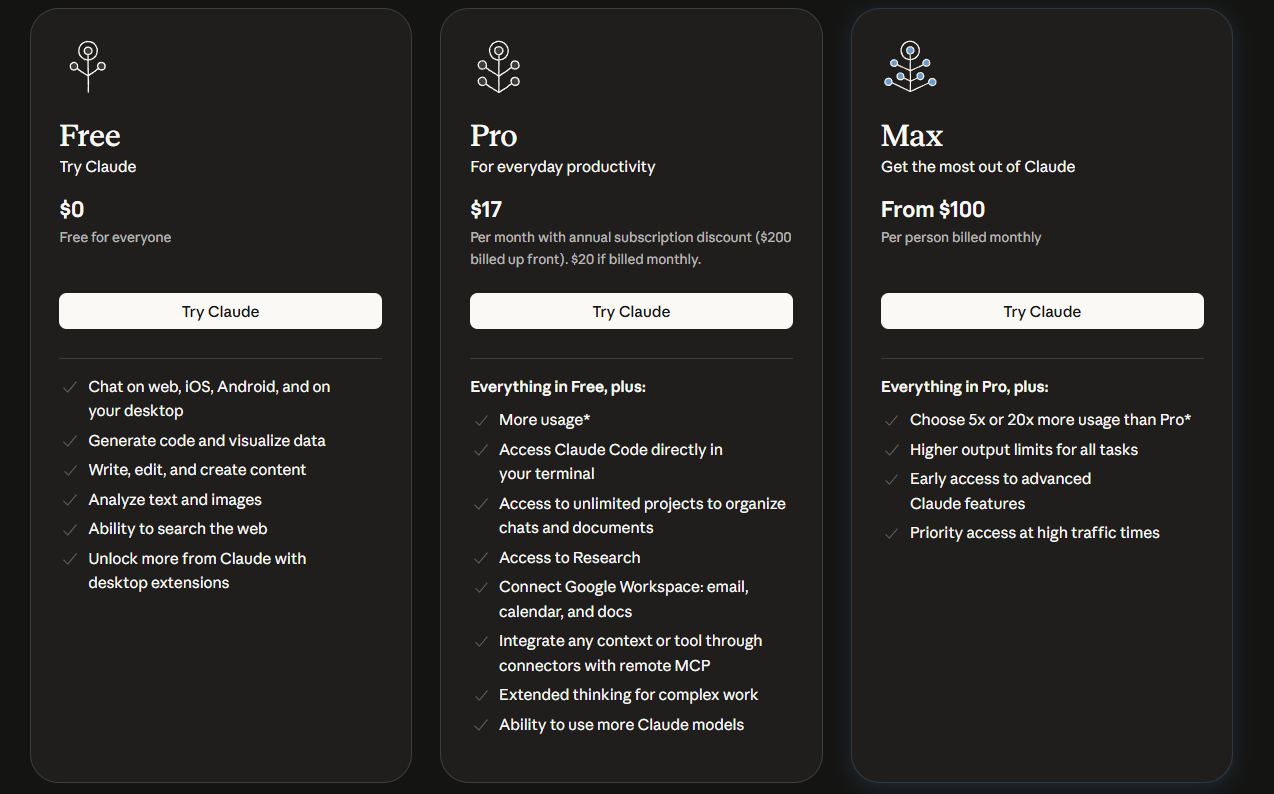

Hidden costs include training time, workflow disruption, and potential productivity decreases during adoption periods. Organizations should factor these considerations into ROI calculations alongside direct subscription expenses.
Infrastructure requirements add complexity to cost analysis. Cloud-based solutions require reliable internet connectivity and may incur data transfer costs, while local solutions demand hardware upgrades for optimal performance.
Return on Investment Calculations
ROI calculation requires careful measurement of productivity improvements against total ownership costs. Conservative estimates suggest 20-30% productivity gains for appropriate use cases, though individual results vary significantly.
Time-to-value differs substantially between platforms. Simple integration tools like Copilot provide immediate benefits, while comprehensive solutions like Cursor require longer adoption periods before realizing full advantages.
Long-term benefits include reduced hiring pressure for routine coding tasks, improved code consistency, and accelerated project delivery. However, these benefits require sustained usage and proper implementation strategies.
Strategic Considerations for Organizations
Platform selection should align with existing development workflows and organizational culture. Teams comfortable with command-line interfaces may prefer Claude Code, while GUI-oriented developers might favor Cursor or Copilot.
Security and compliance requirements significantly impact platform viability. Organizations handling sensitive data must carefully evaluate each platform's security measures and data handling practices.
Vendor lock-in concerns merit consideration, particularly for comprehensive solutions like Cursor. Organizations should evaluate migration strategies and ensure development skills remain transferable across platforms.
Security, Privacy, and Ethical Considerations
Data Privacy and Code Protection
AI coding tools process sensitive source code and proprietary business logic, raising significant privacy concerns. Each platform handles data differently, with varying levels of local processing versus cloud-based analysis.
Copilot's training on public repositories creates potential intellectual property concerns, though Microsoft has implemented safeguards against direct code reproduction. Organizations must evaluate whether these protections meet their security requirements.
Claude Code and Cursor offer different privacy approaches, with varying degrees of local processing and cloud integration. Understanding each platform's data handling practices enables informed security decisions.
Compliance and Regulatory Implications
Regulated industries face additional complexity when adopting AI coding tools. Financial services, healthcare, and government organizations must ensure AI assistance complies with industry-specific requirements and audit trails.
Code provenance and audit capabilities vary between platforms. Organizations requiring complete development traceability should prioritize tools with comprehensive logging and change tracking features.
International data sovereignty requirements may limit platform options for multinational organizations. Understanding data storage locations and processing jurisdictions prevents compliance violations.
Ethical AI Usage and Best Practices
Responsible AI adoption requires clear usage guidelines and ethical frameworks. Organizations should establish policies governing AI assistance levels, human oversight requirements, and quality assurance processes.
Bias detection and mitigation strategies help ensure AI suggestions align with organizational values and technical standards. Regular assessment of AI-generated code quality and fairness prevents accumulation of systemic issues.
Transparency in AI usage benefits both development teams and end users. Clear documentation of AI assistance levels enables appropriate credit attribution and technical decision auditing.
Choosing the Right Platform for Your Needs
Assessment Framework and Decision Criteria
Platform selection requires systematic evaluation of organizational requirements, technical constraints, and strategic objectives. A structured assessment framework ensures comprehensive consideration of all relevant factors.
Development team size and structure significantly influence optimal platform choice. Individual developers prioritize different features compared to large enterprise teams requiring administrative oversight and collaboration capabilities.
Project types and complexity levels affect AI assistance value. Routine web development benefits differently from specialized systems programming or research-oriented projects requiring novel approaches.
Implementation Strategies and Best Practices
Successful AI coding tool adoption requires gradual implementation with clear success metrics and feedback mechanisms. Pilot programs enable risk mitigation while demonstrating value to skeptical team members.
Training and change management investments maximize adoption success and minimize productivity disruption during transition periods. Comprehensive onboarding programs ensure developers understand tool capabilities and limitations.
Integration with existing development processes maintains workflow consistency while adding AI capabilities. Dramatic process changes often fail, while incremental improvements achieve sustainable adoption.
Long-term Strategic Planning
Technology roadmaps should consider AI coding tool evolution and potential disruption to current development practices. Forward-thinking organizations prepare for continued advancement while maintaining operational effectiveness.
Skill development priorities may shift as AI tools handle routine tasks, emphasizing higher-level architectural thinking and creative problem-solving capabilities. Training programs should evolve to support these changing requirements.
Competitive advantages increasingly derive from effective AI tool utilization rather than manual coding efficiency. Organizations that master AI-assisted development gain significant advantages in delivery speed and innovation capacity.
Conclusion and Recommendations
The AI coding assistant landscape offers compelling options for developers seeking productivity improvements and enhanced development experiences. Each platform provides distinct advantages while addressing different workflow preferences and organizational requirements.
The optimal choice depends on your team's technical sophistication, workflow preferences, and strategic objectives. Conservative adopters benefit from Copilot's proven stability, while innovative teams may prefer Cursor's cutting-edge capabilities or Claude Code's unique terminal-first approach.
